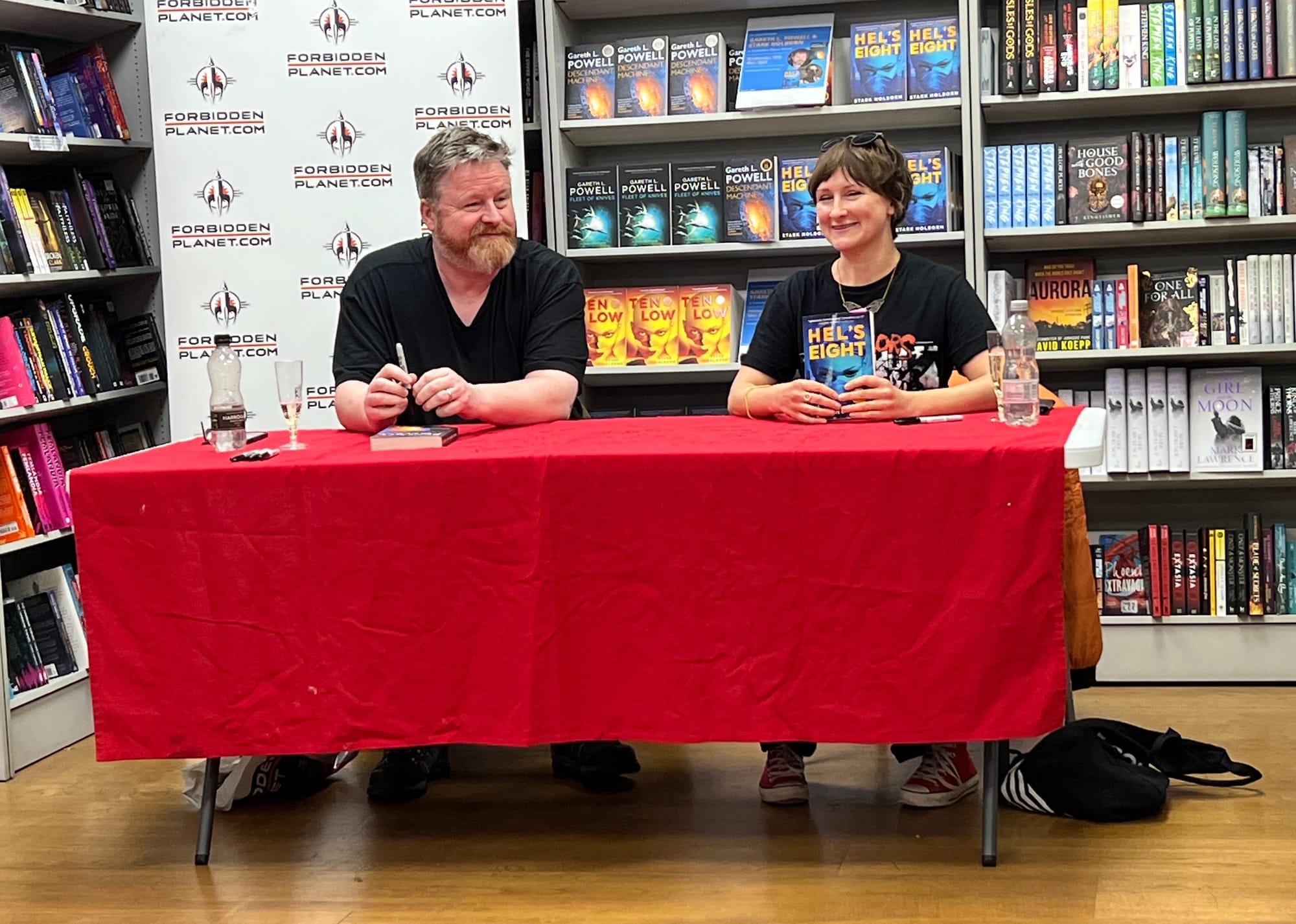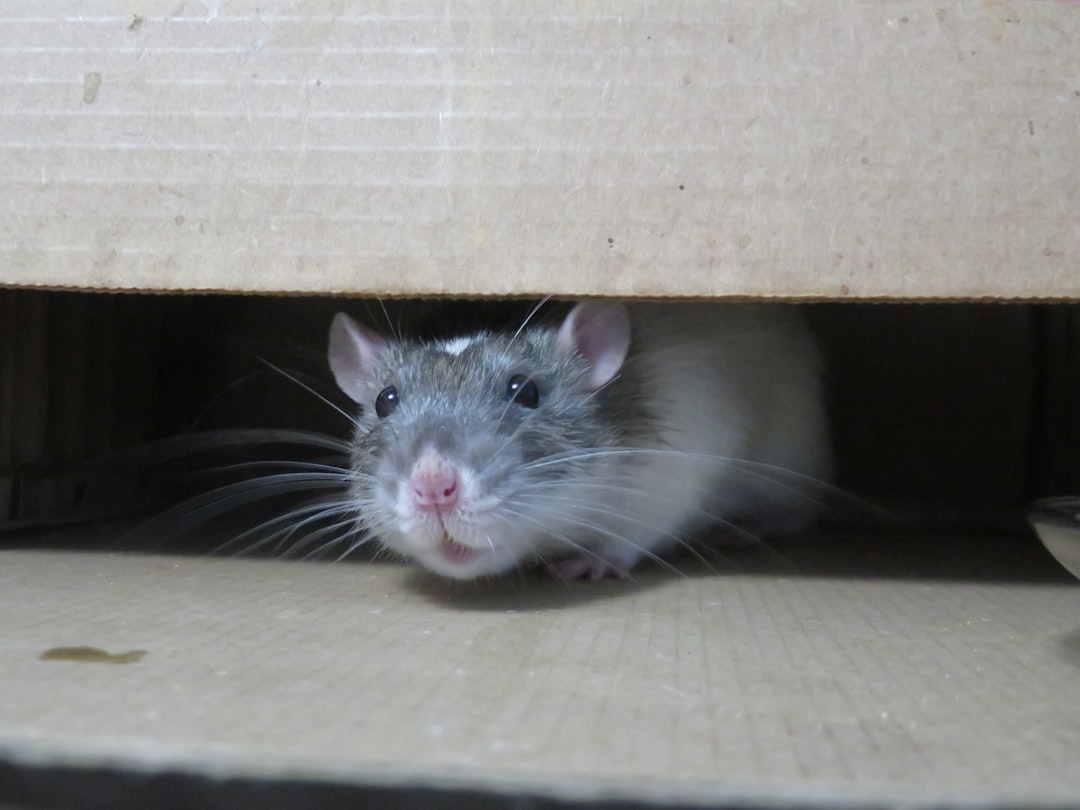Stuck? Here are two ways to kickstart your plot
How divination or a simple Yes / No question can get you moving again!


My friend Stark Holborn shared an interesting tidbit about the plotting of her space western Ten Low at her book event with Gareth L. Powell a few weeks ago.
Stark, who kicked off our Perfect Sunday series back in March, revealed that she hit a wall in the writing of the novel, not sure where the plot should go next. After a few days of wracking her brains, she turned to the ancient art of divination, appealing to the universe for assistance!
She pulled out a dictionary and, opening the book at random, jabbed a finger down onto the page without looking.

When she glanced down, her finger was resting on the word ‘buzzard’, which got her thinking. Buzzard sounded like the name of a vehicle in the world she was creating. A ground transport, maybe? But how would her characters use such a vehicle? Why would they use one? Where would it take them?
This simple process unlocked the story and she was off again, roaring across the surface of the desert moon she’d created.
All writers get stuck from time to time, especially when constructing a plot. I’ve never tried the dictionary trick, but I’m going to add it to my arsenal.
My usual method is: ‘Yes, but… No, and…’

Whenever I don’t know where to take the plot, I ask a simple question: Does the hero succeed in their goal?
Let’s imagine that our hero is trapped in a cell, for example. Does she escape?
In answer, I run through the two options:
YES, she escapes, BUT she’s injured in the attempt, the wound becoming dangerously infected! (Ouch!)
NO, AND the cell starts to fill with hungry rats who want to eat her alive! (Eek!)

Here’s another example: Our hero is desperate for a promotion at work. Does he get it?
YES, BUT now he has to work with a colleague he despises! (Grrr!)
NO, AND he responds angrily to his boss, who fires him on the spot! (Disaster!)
In all those examples, our heroes are in a far worse state than they started, which ramps up the conflict for our characters and the reader's enjoyment (and potential torment!)
I usually go through several different iterations before stumbling upon the right path. And how do you know when it’s the right one? When the conflict both advances the plot AND reveals your character’s nature.
Here are some examples of the YES / NO method from my favourite films:
Star Trek: The Wrath of Khan — YES, Spock saves the ship BUT is mortally wounded! (Sob!)
Ghostbusters — NO, Ray didn’t clear his mind AND now New York is going to be destroyed by a 112-foot-tall marshmallow man! (Hilarious!)
Shaun of the Dead — YES, Shaun apologises to his girlfriend BUT forgets to remove the card from the flowers that were meant to be for his Mum! (Whoops!)
Batman ‘89 — NO, Batman doesn’t save Jack Napier from dropping into a vat of toxic chemicals AND Jack becomes the Joker, killing hundreds in Gotham City! (D’oh!)
Superman II — YES, Clark becomes human so he can be with Lois, BUT now can’t defend Earth when a trio of evil Kryptonians invade! (Gulp!)
Avengers: Infinity War — NO, Tony Stark fails to get the Infinity Gauntlet AND now is stranded in deep space, lost and alone! (“Mr Stark, I don’t feel so good!”)

